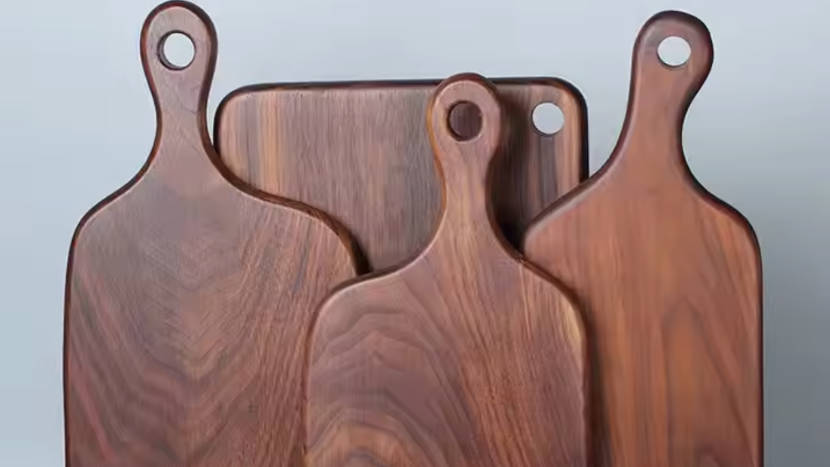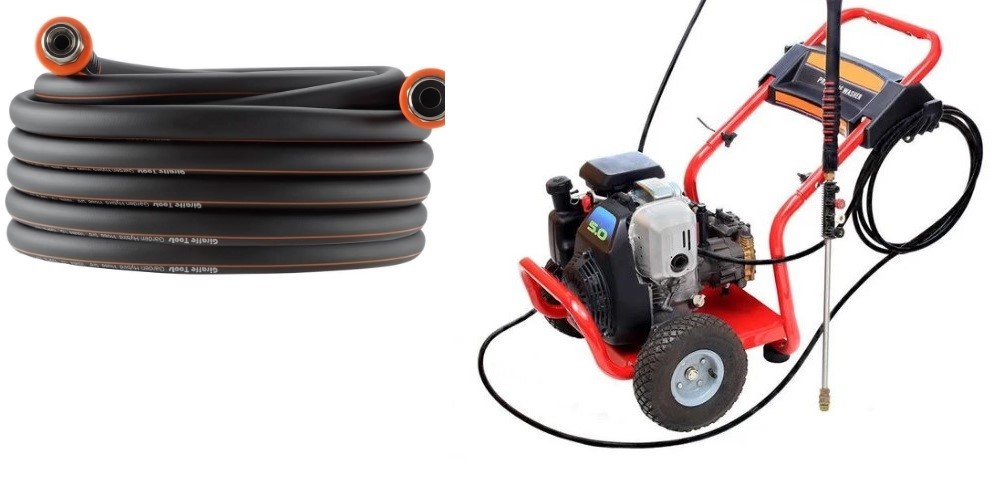Choosing the right bulk cutting boards is crucial for any business in the food industry. The material of a cutting board can significantly impact food safety, hygiene, and the board’s longevity. This article will explore the various materials available for bulk cutting boards, delving into their properties, manufacturing processes, and physics to help businesses make informed decisions.
Wooden Bulk Cutting Boards
Wood is a classic choice for bulk cutting boards due to its aesthetic appeal and natural properties. Hardwoods like maple, walnut, and cherry are famous for their durability and antibacterial properties. The manufacturing process typically involves seasoning the lumber to reduce moisture content, cutting it to the desired dimensions, and then sanding and finishing the boards. The physics behind wood’s suitability lies in its cellular structure, which can “heal” minor cuts from knives, reducing bacteria harboring. However, wood is susceptible to moisture damage and requires regular oiling to maintain its integrity.
In the B2B context, restaurants and catering companies often favor wooden bulk cutting boards for their visual appeal and traditional feel. They can be used for food preparation and presentation, adding a touch of elegance to charcuterie boards or cheese platters. However, businesses should consider wood’s higher maintenance requirements than other materials.
Plastic Bulk Cutting Boards
Plastic cutting boards, typically made from polyethylene or polypropylene, offer advantages in terms of hygiene and maintenance. The manufacturing process involves melting and molding the plastic into the desired shape, making it easy to achieve various sizes and thicknesses. Plastic boards are non-porous, preventing the absorption of liquids and bacteria. They are also lightweight and easy to clean, making them suitable for high-volume food preparation. However, plastic boards can be more susceptible to deep knife cuts, which can harbor bacteria over time.
For businesses, plastic bulk cutting boards are a practical choice for commercial kitchens and food processing plants. Their ease of cleaning and sanitization makes them ideal for environments where hygiene is paramount. Additionally, plastic boards are generally more affordable than wood, making them a cost-effective option for bulk purchases.
Bamboo Bulk Cutting Boards
Bamboo has gained popularity as a sustainable and eco-friendly material for bulk cutting boards. It is a fast-growing grass with a dense structure that makes it durable and resistant to moisture. The manufacturing process involves harvesting mature bamboo stalks, cutting them into strips, and laminating them together under high pressure. Bamboo boards are known for their hardness, which can be attributed to the high silica content in the plant’s cell walls. However, this hardness can also be harder on knives compared to wood.
From a business perspective, bamboo bulk cutting boards appeal to companies looking for sustainable and cost-effective options. They are often used in eco-conscious restaurants and cafes, showcasing a commitment to environmental responsibility. However, due to their hardness, bamboo boards may require more frequent knife sharpening.
Composite Bulk Cutting Boards
Composite cutting boards offer a blend of materials, typically wood fibers and resin, to combine the advantages of different materials. The manufacturing process involves mixing the wood fibers and resin, then molding and pressing the mixture into the desired shape. This creates a board that is durable, resistant to warping, and dishwasher-safe. The resin adds stability and moisture resistance, while the wood fibers provide a degree of knife-friendliness.
For businesses, composite bulk cutting boards offer a balance of durability, hygiene, and affordability. They are often favored in professional settings like culinary schools and catering businesses where heavy use is expected. However, composite boards may not have the same aesthetic appeal as natural wood or bamboo.
Conclusion
Choosing the right material for bulk cutting boards is critical for any business. Wood offers a classic aesthetic and natural properties, while plastic prioritizes hygiene and affordability. Bamboo appeals to eco-conscious companies, and composite balances durability and practicality. By understanding the properties, manufacturing processes, and physics behind each material, businesses can make informed choices that meet their specific needs and priorities.








